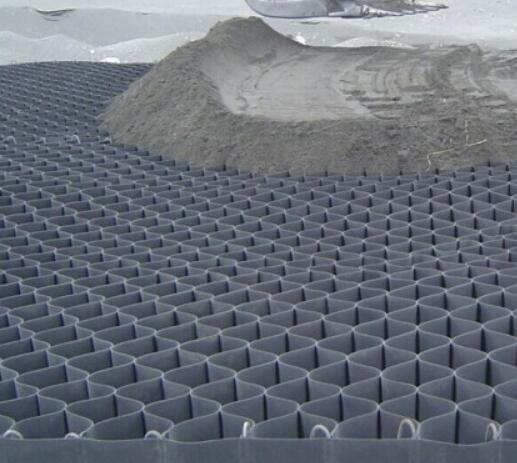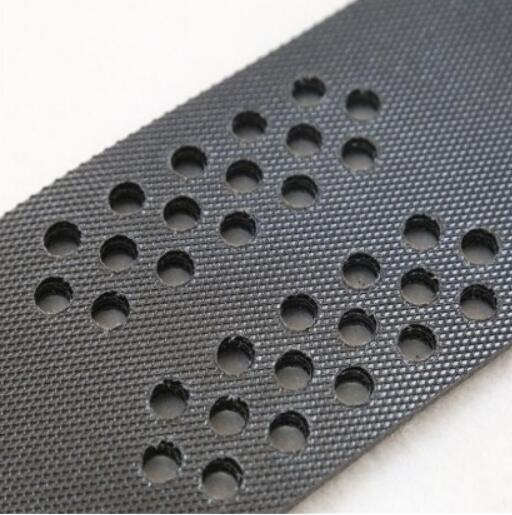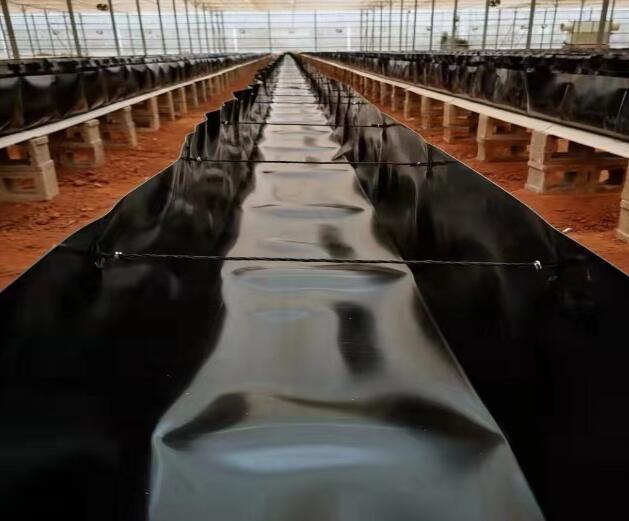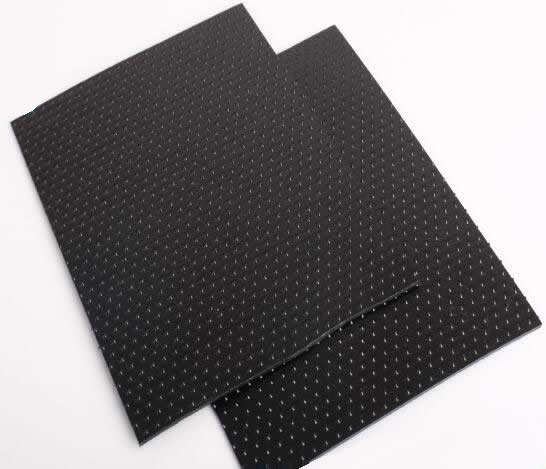- Understanding the Role of Geomembrane Liners in Waste Management
- Innovations in Geomembrane Liners for Water Management
- Geomembrane Liners: A Comprehensive Guide
- The Future of Geomembrane Liners in Civil Engineering
- Geomembrane Liners: Enhancing Landfill Stability
Manager:Alvin Wang
WhatsApp:+62 8983806051
Tel:+86 10-5797-1075
Email:steelwang@okorder.com
Address:3rd Floor, No.2 Building, No.1 Sanlihe Road
What is the most widely used geomembranes in current use?
Modern engineering and environmental protection efforts have made intensive use of geomembranes. Two kinds dominate among the myriad options available: composite geomembranes and high-density polyethylene (HDPE) geomembranes. Both of them come with their unique benefits and usage thus contributing considerably in various industries globally.

What Are Composite Geomembranes?
A comprehensive barrier system is constructed with composite geomembrane comprising different materials. Mostly, they contain a combination of Geotextiles and geomembranes imparting enhanced mechanical properties as well as durability. These types of geosynthetic products are designed to fit into particular projects offering a customizable solution for diverse applications.
The strength, puncture resistance, reinforcement ability of materials and good performance even under hard environmental conditions make composite geomembranes ideal products when it comes to containment purposes against leaks or contaminants. Their main applications are found in landfills, mining operations or liquid retention facilities across the world. For instance, combining the materials allows these fabrics to be effectively reinforced while ensuring better puncture resistance that assures long-term performance in hostile environments.
Uses of Composite Geomembranes
Composite geomembrane finds its best application in areas requiring strong material that can stretch over big spaces. They can perform many functions including:
1. Landfill Liners: Composite geomembranes form effective barriers which protect groundwater from leachate migration and prevent contamination within landfills hence safeguarding the integrity of containment systems over time through resisting punctures and degradation by chemicals.
2. Mining Operations: In mining industry, tailings ponds heap leach pads and storage facilities are lined using composite geomembrane as an effective barrier towards acidic/alkaline solutions thereby protecting a surrounding area from dangerous pollutants.
3. Liquid Containment: Reservoirs that store water like wastewater treatment plants often need composite liners consisting of both fabrics to control seepage and keep the quality of water. The impermeable characteristics of these composite liners help to minimize liquid leaks which would otherwise result in environmental hazards.
4. Secondary Containment: For secondary containment systems, industries that handle hazardous materials depend on composite geomembranes for constraining any possible spills or leaks thereby reducing the risks related to environmental pollution.
Advantages of High-Density Polyethylene (HDPE) Geomembranes
The high-density polyethylene (HDPE) geomembrane is renowned for its exceptional tensile strength, chemical resistance and durability. High density polyethylene resin is used to manufacture this type of barrier material that forms one continuous layer against moisture vapour movement and chemicals. As a result, it has become an ideal choice for most critical containment applications across various industries due to its superior properties.
Features of hdpe Geomembranes
There are several distinct features of HDPE geomembranes contributing in their wide use:
1. Chemical Resistance: They have resistance towards many different types of chemicals, such as; strong acids, bases and hydrocarbons hence they can be employed in areas where aggressive substances are present.
2. UV Stability: These materials can last long as they have been integrated with additives that prevent degradation by ultraviolet radiation even after prolonged exposure to sunlight.
3. Flexibility: However, despite being very sturdy HDPE geomembrane remains flexible so that they can conform easily to irregularities on substrates or minor settlement without rupturing them.
4. Seam Integrity: With regards to the seam integrity of HDPE geomembranes it’s possible to make them into seamless joints through thermal welding thereby ensuring an unbroken barrier with minimal leakage probability.
Applications for HDPE Geomembranes
Thus having requisite flexibility and durability HDPE liners may be found in various spheres including:
1. Pond Liners: In order not to allow their seepage out as well as keep up water levels for the purposes of decorative ponds, irrigation reservoirs, and fish farming facilities, HDPE geomembranes are continuously involved.
2. Waste Containment: HDPE geomembranes isolate contaminants from their surrounding environment when employed as liners for landfill cells, hazardous waste repositories and industrial lagoons in waste management systems.
Water Conservation: HDPE geomembranes are important in water conservation efforts by lining canals, reservoirs and irrigation channels to reduce water loss due to seepage and evaporation.
Gas Barrier Systems: HDPE geomembranes have been used as gas barriers in landfill gas management to prevent the migration of methane and other harmful gases into the atmosphere thereby mitigating against environmental and safety hazards.

Conclusion
To summarise, composite geomembranes and HDPE geomembranes are two of the most common types of geomembrane used in today’s engineering and environmental applications. While composite geomembranes combine materials for versatility and better mechanical characteristics, HDPE is known for unmatched strength, chemical resistance, and long life spans. Nevertheless, both have specific functions where they efficiently contain various liquids, solids or vapors in a range of worldwide industries. The need for reliable geotextile solutions will increase as environmental legislation gets tougher. This suggests that innovations in this technology would be driven by demand for trustworthy gas membrane solutions as well as their applicability within various regulatory environments."
- Previous:What is geomembrane in mining industry?
- Next:What is the use of geomembrane in road construction?
-
2024-06-13Geomembrane is not plastic cloth






